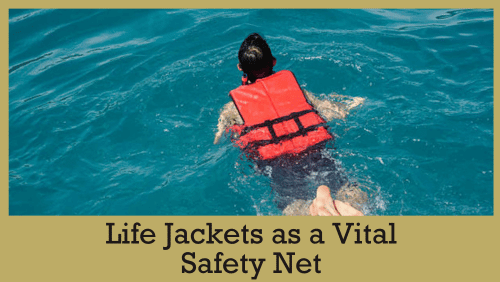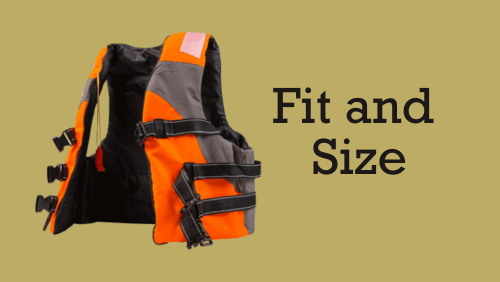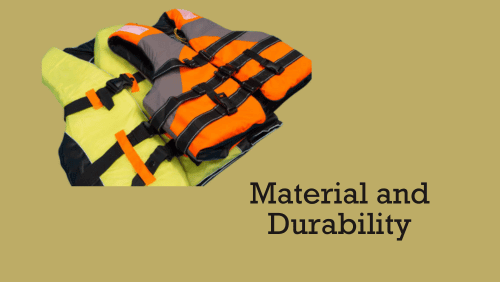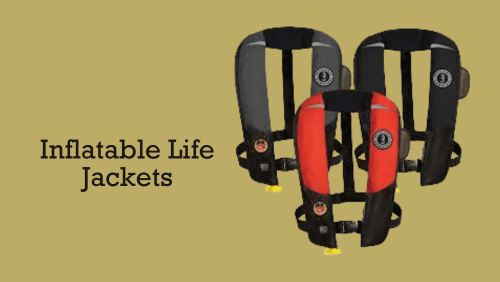Life jacket for kayaking are not just accessories for kayaking; they are your best friend on the water, especially if you can’t swim. Think of them as your personal floating device that can keep you safe and afloat when things don’t go as planned.
The Importance of Buoyancy in Deep Water

When you’re out on a kayak, you’re inches away from deep water. Without the ability to swim, those inches can feel like miles. A life jacket provides buoyancy, keeping you above water and preventing you from getting exhausted or panicked if you fall in. It’s all about turning a potentially dangerous situation into a manageable one.
The Dangers of Kayaking Without Swimming Skills

Many folks underestimate the risks of kayaking without knowing how to swim. Imagine hitting a rough patch of water or tipping over – without a life jacket, there’s nothing to keep you from sinking.
Panic sets in quickly when you know you can’t swim, making it hard to think and act clearly.A life jacket is that extra layer of security that can make all the difference in these scenarios.
Life Jackets as a Vital Safety Net

Beyond just keeping you afloat, a properly fitted life jacket can also help keep your head above water and reduce the risk of accidental drowning. It’s all about ensuring the safety net is there, ready to catch you when you need it most.
Key Features to Look for in a Life Jacket for Kayaking
Choosing the right life jacket involves more than just grabbing the first one off the rack. It’s essential to understand what makes a good life jacket, especially if you’re not confident in the water.
Fit and Size

First up, the fit and size. A snug, yet comfortable fit is crucial. Too tight, and you’ll feel restricted; too loose, and it might slip off when you need it most. Look for jackets with adjustable straps. They help you customize the fit, ensuring the jacket stays in place without riding up in the water.
Buoyancy

Buoyancy is another critical factor. Different life jackets come with different buoyancy ratings. As a non-swimmer, aim for higher buoyancy. That extra floatation can offer more assurance that you’ll stay afloat and keep your head above water.
Material and Durability

Material and durability can’t be overlooked. You need something that’s tough enough to withstand the wear and tear of regular use. Nylon and neoprene are popular choices for their strength and longevity. They offer the reliability you need when you’re out kayaking.
Visibility Features

Visibility features are also important. Bright colors and reflective strips can make a huge difference in low-light conditions. In an emergency, you want to be easily seen, whether it’s by your friends, rescue personnel, or other paddlers.
A good life jacket isn’t just about ticking boxes; it’s about ensuring your safety out there. Prioritize these key features when picking one, and you’ll be better prepared for your kayaking adventures.
Types of Life Jackets Suitable for Non-Swimmers
While there are many types of life jackets on the market, not all are ideal for non-swimmers. Knowing the differences can help you pick the best one for your needs.
Inflatable Life Jackets

Inflatable life jackets are popular because they are lightweight and less bulky. However, they might not be the best choice for someone who can’t swim well.
These jackets typically require manual inflation, which can be tricky in a sudden emergency. Plus, if you forget to inflate it or it malfunctions, you could end up in a dangerous situation.
Foam Core Life Jackets
Foam core life jackets are usually recommended for non-swimmers. These vests offer consistent buoyancy without needing any action on your part. Their foam material ensures you stay afloat, which is exactly what you need if swimming isn’t your strong suit.
Hybrid Life Jackets
Then there are hybrid life jackets, which combine elements of both foam and inflatable types. This dual approach provides additional comfort and buoyancy. Hybrids are a good middle ground and can be a suitable option if you’re looking for something versatile. The foam component guarantees floatation, while the inflatable part offers extra lift when needed.
Choosing the Right Life Jacket
Picking the right type of life jacket is a game-changer. With the right one, you’ll feel more secure, giving you the confidence to enjoy your time on the water.
How to Test Your Life Jacket for Kayaking
Before hitting the water, it’s crucial to test your life jacket. Checking for fit and comfort should be your first step. Make sure it fits snugly without restricting your movements. A jacket that chafes or pinches isn’t just uncomfortable; it can be a distraction and even a hazard when you’re out kayaking.
A proper test involves getting in the water. Try it out in shallow water where it’s safe. This way, you can confirm the buoyancy works as expected. The goal is to see if your life jacket keeps you afloat without too much effort. If you’re struggling to stay above water, it might be time to adjust the fit or consider a different jacket.
Adjusting Straps and Closures
Adjusting the straps and closures is another key step. Secure them tightly enough to stay in place but not so tight that you’re uncomfortable. The jacket should stay put even if you’re moving around. Test the adjustments by mimicking the movements you’d make while kayaking. Ensure nothing feels loose or overly tight.
Ensuring Safety and Confidence
Testing your life jacket is all about making sure it performs when you need it most. It’s not just about comfort or fit; it’s about ensuring your safety gear actually keeps you safe. A properly tested life jacket gives you the confidence that you’re prepared for anything when you’re out on the water.
Best Practices for Non-Swimmers Using a Life Jacket
Always wear your life jacket when you’re kayaking. It might seem obvious, but it’s easy to get complacent. For non-swimmers, this is non-negotiable. Even the best life jacket is useless if it’s not on when you need it.
Stay Calm and Trust Your Life Jacket
Stay calm and confident. Trust the life jacket to do its job. If you find yourself in the water, focus on staying relaxed. Panicking can drain your energy and make the situation worse. Take slow, deep breaths and let the jacket keep you afloat.
Practice Basic Water Safety Skills
Practice basic water safety skills. Familiarize yourself with the basics like floating on your back, treading water, and paddling with your life jacket on. Even if you can’t swim, these skills can help you stay more in control if an unexpected situation arises.
Regularly Inspect Your Life Jacket
Regularly inspect your life jacket. Check for any signs of wear and tear, such as rips, broken buckles, or frayed straps. A damaged life jacket can be as risky as not having one at all. Regular maintenance ensures it’s always in top condition.
Get Comfortable with Your Gear
Get comfortable with your gear. Wear it around the house or in the yard before taking it out on the water. The more accustomed you are to how it feels and functions, the more natural it will be when you’re actually kayaking. This comfort can translate to increased confidence and safety on the water.
